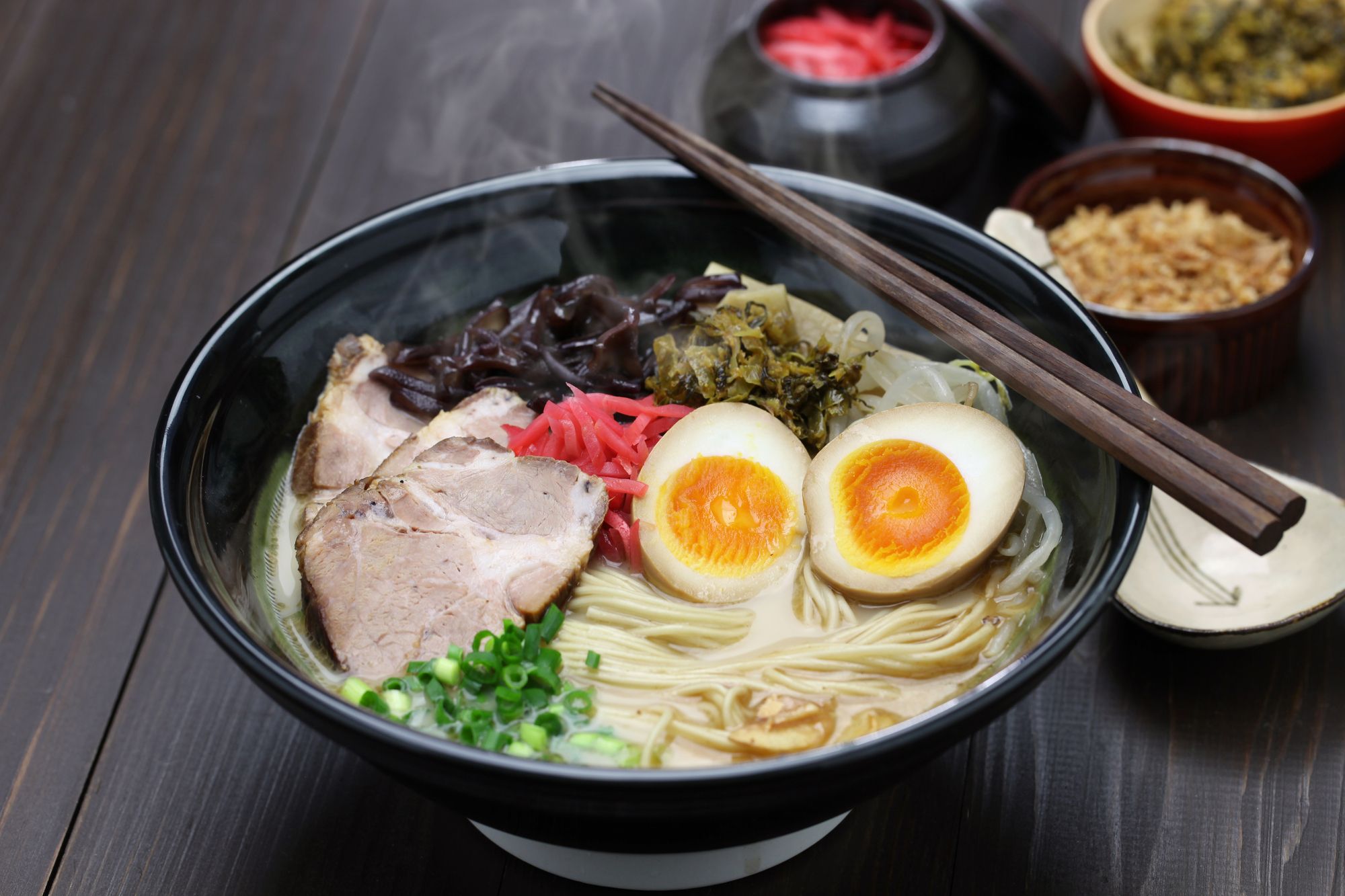Are you certain that the comforting bowl of ramen you're about to enjoy is entirely safe? It's a question worth considering, as the seemingly innocuous combination of noodles and broth can, under unfortunate circumstances, harbor a hidden danger: Listeria contamination, a threat that can transform a simple meal into a serious health risk.
Ramen noodle listeria, while not a frequent occurrence, represents a specific instance of foodborne illness stemming from the consumption of ramen noodles tainted with Listeria monocytogenes. The symptoms associated with this infection can manifest in a variety of ways, ranging from relatively mild discomfort, such as fever, muscle aches, nausea, vomiting, and diarrhea, to much more severe and potentially life-threatening conditions, including meningitis and, in the most dire cases, death. This insidious bacterium, Listeria monocytogenes, finds its way into our food supply through various routes, highlighting the importance of stringent food safety practices.
| Category | Details |
|---|---|
| Name of Bacterium | Listeria monocytogenes |
| Type of Illness | Foodborne illness |
| Usual Food Source | Contaminated food, especially ready-to-eat foods |
| Ramen Noodle Risk | Can contaminate ramen noodles during manufacturing or packaging |
| Common Symptoms | Fever, muscle aches, nausea, vomiting, diarrhea |
| Severe Symptoms | Meningitis, bloodstream infections |
| Risk Groups | Pregnant women, newborns, older adults, people with weakened immune systems |
| Treatment | Antibiotics (e.g., ampicillin, amoxicillin) |
| Prevention | Cook thoroughly, avoid raw, practice good hygiene, proper storage |
| Outbreak Example | 2018 outbreak in the United States led to recalls |
| Reference | Centers for Disease Control and Prevention (CDC) |
- Alexandra Nechita The Artist Who Paints Dreams And Captures Hearts
- Club Ballerina The Ultimate Destination For Dance Enthusiasts


